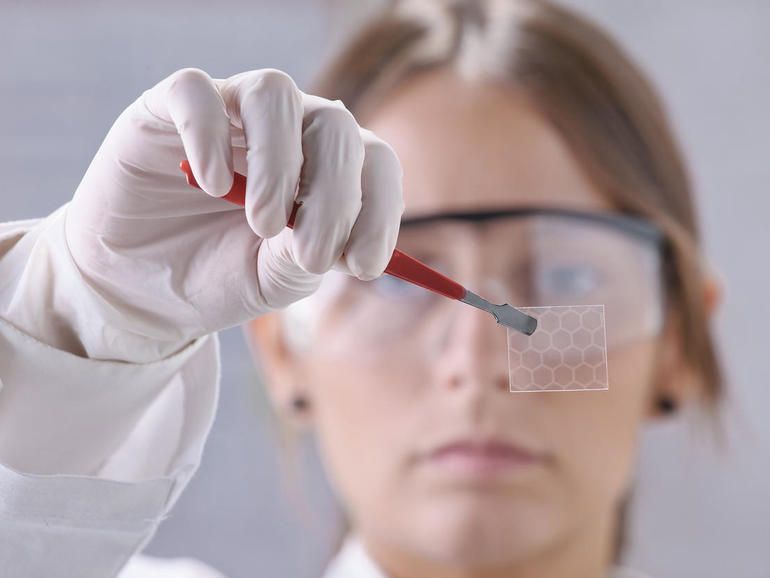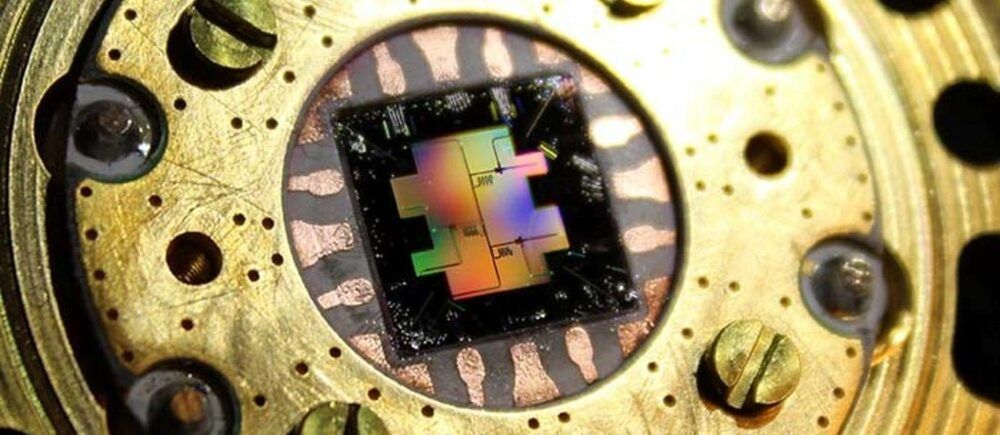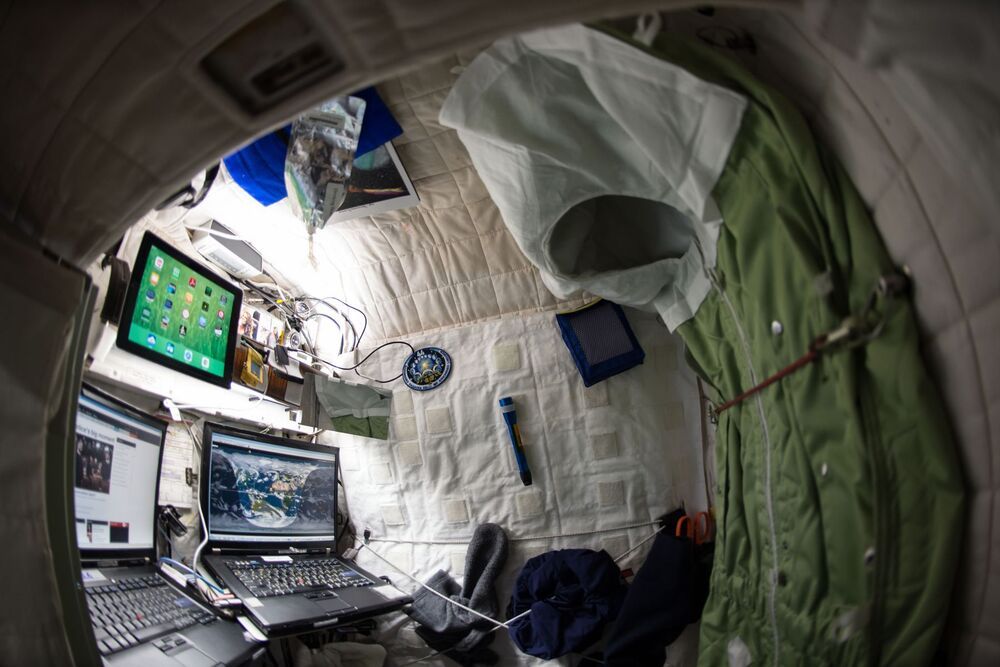Able to reach 100 mph and an altitude of 10000 feet, the Transition has a range of about 400 miles It has a 27-foot wingspan but the wings fold up, allowing it to be parked in a single-car garage.
Get the latest international news and world events from around the world.
Dr. Paola Vega-Castillo — Costa Rica’s Minister of Science, Technology and Telecom — Bio-Economy
Is the Minister of Science, Technology and Telecommunications for the country of Costa Rica and has served in this role since June 1st, 2020.
Dr. Vega-Castillo was previously Deputy Minister of Science and Technology and also served as Vice President for Research and Outreach in the Instituto Tecnológico de Costa Rica (ITCR) where she promoted the strengthening of research and outreach, and linkages with the national and international sector for increasing the scientific publication and patents.
Dr. Vega-Castillo has a degree in Electronic Engineering from the ITCR and graduated with a PhD. in Microelectronics and Microsystems at Technische Universität Hamburg-Harburg (TUHH).
We discuss the Costa-Rica National Bio-Economy Strategy — An initiative that has a knowledge-based, green, resilient, and competitive economy as its model and which also proposes the application of the principles of a circular bio-economy and the de-carbonization of production and consumption processes.
In The Future Your Tattoo Might Give You A Super Power
Scientists are attempting to create next generation tattoos with a myriad of functions including electrical conductance, bio sensing, UV detection / protection, and more.
Hey it’s Han from WrySci HX covering the topic of “super power” tattoos. We all know about regular ones but scientists are looking to create next generation tattoos that will serve important functions beyond aesthetics that we can have in the future. Watch to find out what they might be! More below ↓↓↓
Subscribe! =]
Please consider supporting 🙏
Patreon: https://www.patreon.com/wrysci_hx.

Elon Musk’s Starlink filings show plans for phone service and low-income web access
It appears that Elon Musk’s Starlink satellite constellation is not just aiming to provide high-speed internet service. Based on recent filings to the Federal Communications Commission (FCC), Starlink also plans to introduce a suite of related products to its portfolio, from a dedicated phone service, emergency backup for voice calls, and more affordable internet access for low-income customers through the US government’s Lifeline program.
Details of Starlink’s expanded services were mentioned in SpaceX’s petition to the FCC for a designation as an Eligible Telecommunications Carrier (ETC). According to the Elon Musk-led company, an ETC designation is required in some US states where the satellite internet program won government funding to provide internet access to underserved areas. It is also required to receive reimbursement from the FCC’s Lifeline program, which offers discounts on telecom services for low-income customers.
Starlink’s beta today only offers internet access, but in its filing, SpaceX noted that “Starlink Services will provide voice telephony services, including: (a) voice-grade access to the public switched telephone network (‘PSTN’) or its functional equivalent; (b) minutes of use for local service provided at no additional charge to end-users; © access to emergency services; and (d) toll limitation services to qualifying low-income consumers in accordance with 47 CFR §§ 54.500, et seq. Starlink Services will offer voice services on a standalone basis at rates that are reasonably comparable to urban rates.”


Meet the 60 mph Wolf King: A 6,000W full-suspension electric scooter
The Wolf King electric scooter from Voro Motors was recently announced, becoming one of the most high-power dual-sport electric scooters available in the US.
The Wolf King is an update to the Wolf Warrior electric scooter that we’ve previously reviewed.
The Wolf Warrior has long been known for its high-power design and high ground clearance.



